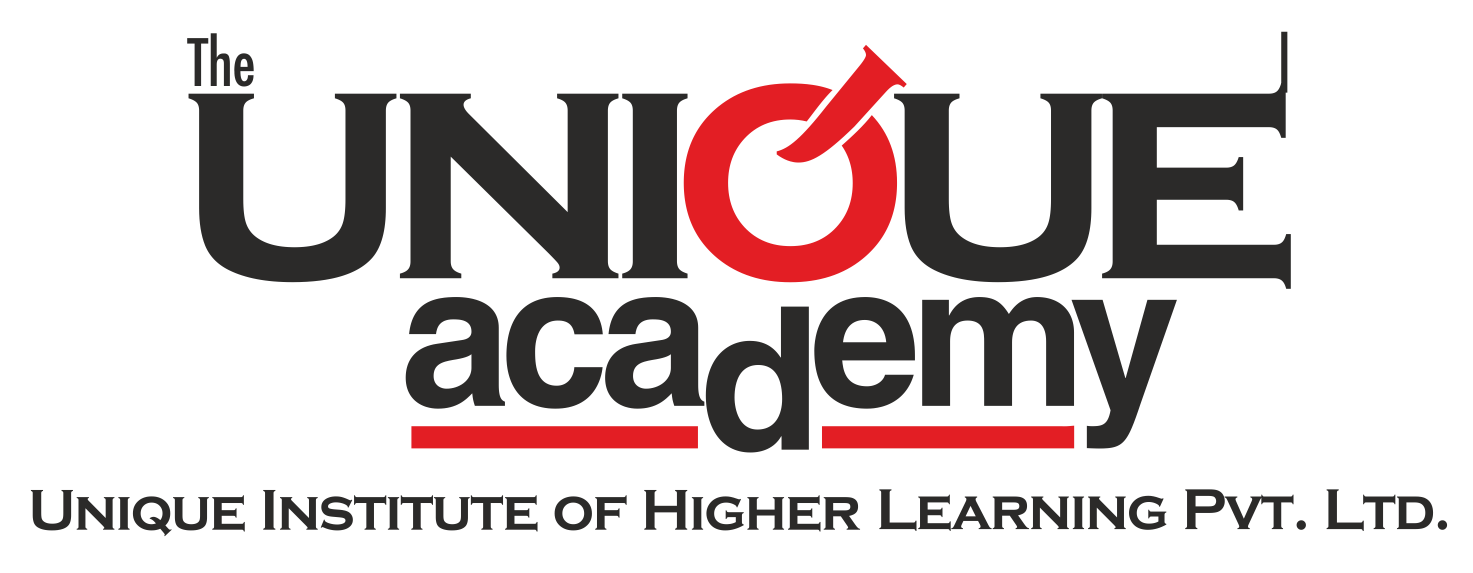
EAST Reactor
The EAST (Experimental Advanced Superconducting Tokamak) Reactor is a cutting-edge nuclear fusion experiment in China. It is often referred to as the "Artificial Sun" because it aims to replicate the nuclear fusion processes of the Sun to produce clean and virtually limitless energy.
- Location: Hefei, China
- Operational Since: 2006
- Technology: Superconducting Tokamak (magnetic confinement fusion)
- Goal: Achieve sustained nuclear fusion to generate energy like the Sun
- Notable Achievement: In December 2021, EAST set a record by maintaining 70 million °C for 1,056 seconds (over 17 minutes), a crucial step toward practical fusion energy.
- Tokamak Design: Uses powerful magnetic fields to confine superheated plasma (a state of matter where hydrogen atoms are stripped of electrons).
- Fusion Reaction: Heats hydrogen isotopes (deuterium & tritium) to millions of degrees, causing them to fuse and release enormous energy.
- Sustainable Energy: Unlike nuclear fission (used in current reactors), fusion doesn't produce long-lived radioactive waste.
- Unlimited Clean Energy: Fusion fuel (like deuterium from seawater) is abundant.
- No Greenhouse Gases: Unlike fossil fuels, fusion doesn't emit CO?.
- Safe & Stable: No risk of meltdowns like in fission reactors.
EAST is a key research facility contributing to ITER (International Thermonuclear Experimental Reactor), the world's largest fusion experiment in France. China is also working on its own future commercial fusion reactors based on EAST's research.
ITER (International Thermonuclear Experimental Reactor)
ITER is the world's largest and most ambitious nuclear fusion experiment, designed to demonstrate the feasibility of fusion power as a large-scale and carbon-free energy source. It is a global collaboration involving 35 countries, including the European Union, the United States, China, Russia, India, Japan, and South Korea.
Key Facts About ITER
- Location: Cadarache, France
- Construction Start: 2007
- Expected First Plasma: 2025 (projected)
- Operational Goal: Achieve self-sustaining fusion and generate 500 MW of power from 50 MW input (Q=10 efficiency).
- Fusion Fuel: Deuterium and Tritium
How ITER Works
- Tokamak Design - A doughnut-shaped chamber (tokamak) uses superconducting magnets to confine plasma.
- Extreme Temperatures - The reactor heats the hydrogen fuel to over 150 million °C (10x hotter than the Sun's core).
- Fusion Reaction - Deuterium and Tritium atoms fuse, releasing massive energy.
- Energy Output - The heat generated will be used to produce electricity in future commercial reactors.
Why ITER Matters
Clean Energy - No greenhouse gases, no long-lived radioactive waste.
Abundant Fuel - Deuterium from seawater & lithium for tritium breeding make fusion fuel nearly limitless.
Safety - Unlike fission, fusion cannot cause meltdowns or chain reactions.
Engineering Complexity - Controlling plasma at extreme temperatures is difficult.
Cost & Delays - ITER's cost has exceeded $20 billion, with delays pushing its timeline.
Commercial Viability - Full-scale fusion power plants are still decades away (expected by 2050).
ITER is a stepping stone to practical fusion energy. If successful, it will pave the way for future reactors like DEMO (Demonstration Power Plant), which aims to generate electricity for the grid.

